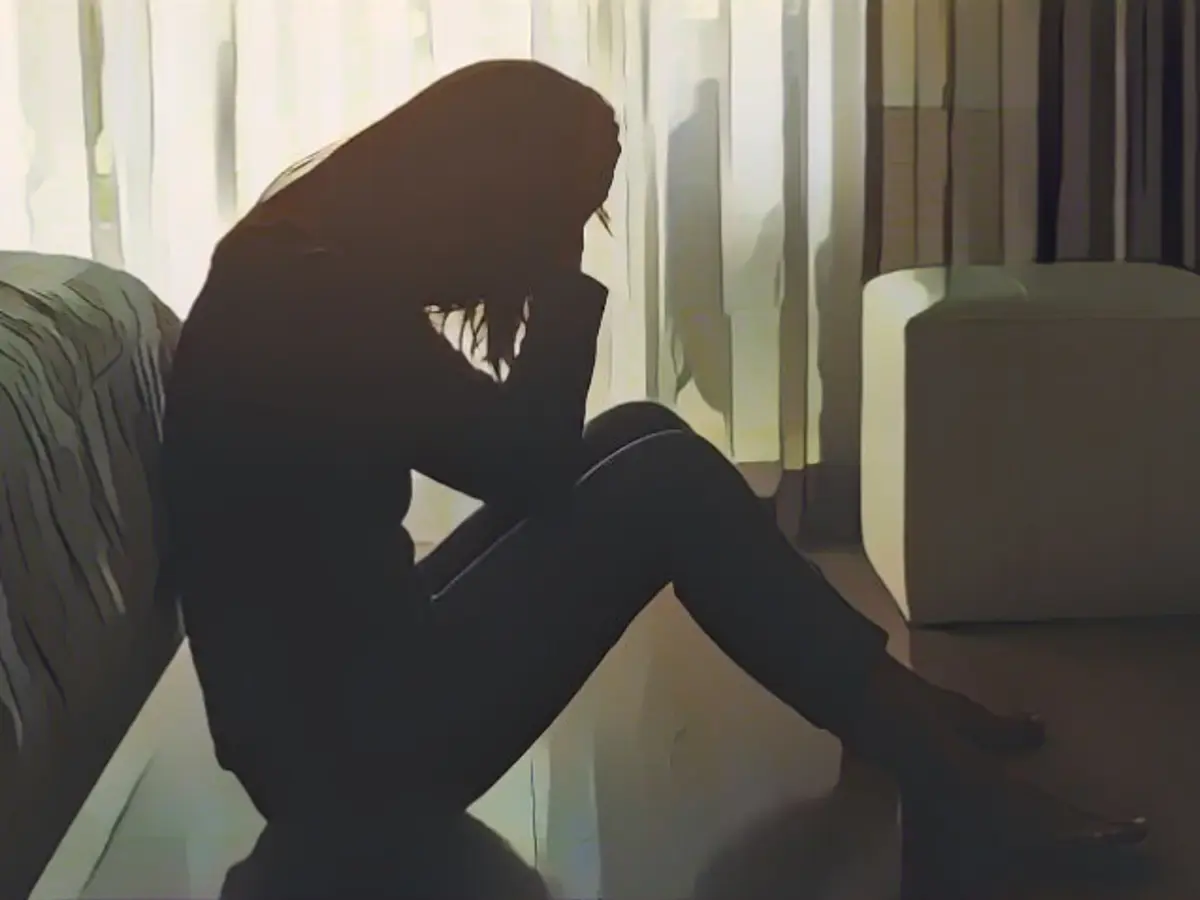One in four young adults in the United States received mental health treatment during the pandemic, according to a CDC survey, marking a significant increase from 19% in 2019.
Calliope Holingue, a psychiatric epidemiologist and member of the Johns Hopkins COVID-19 Mental Health Measurement Task Force, attributes this increase to a heightened need and access to care. "The pandemic has sparked an important conversation about the importance of self-care. We're seeing this across the population," she says.
The report from the CDC found that the increase in mental health treatment was primarily driven by adults under 45. The number of 18- to 44-year-olds receiving treatment in 2019 was considerably low, but it reached its highest probability in 2021. Nearly a quarter of adults in this age group (over 23%) received treatment in 2021, representing a nearly 5% increase from 2019.
Hollinger emphasizes that this young adult population is experiencing this epidemic in a particularly vulnerable phase of life. During this phase, conditions such as anxiety and depression are most prominent throughout a person's lifespan. "At the same time as the pandemic was happening, there was an inherent vulnerability," she notes.
The study also found that women more frequently seek mental health treatment than men. The difference remains steady, with over 29% of women reporting mental health treatment in 2021, compared to less than half of men (18%).
The World Health Organization (WHO) has highlighted a "massive" surge in anxiety and depression worldwide due to the pandemic. In a scientific report, WHO Director-General Dr. Tedros Adhanom Ghebreyesus mentioned that the prevalence increased by 25% in the first year of the pandemic. Tedros mentioned that the understanding of the tribute that the pandemic demands for the global mental health is "only the tip of the iceberg."
Dr. Tedros urged all countries to pay more attention to mental health and better support their populations. Hollinger noted that in the United States, there was a "peak of mental suffering" in the initial months of the pandemic due to fear, uncertainty, and changes. Although this has subsided, the impacts persist.
For instance, drug overdose deaths remained at record levels in 2022.
Nora Volkow, Director of the National Institute on Drug Abuse, highlighted that the pandemic exacerbated several social stress factors that contribute to substance use disorders and mental illness. She noted that substance abuse often begins when people self-medicate other psychological symptoms, with over half of those with substance use disorders developing a second psychiatric disorder, and vice versa.
Volkow pointed out that the increased mental health treatment statistics may not necessarily be negative signs, as people are seeking help when they need it. However, mental health care can be fragmented and inaccessible, leading to these conditions and addictions often going untreated.
Hollinger noted that improved telemedicine access has broadened treatment options, but it is not suitable for everyone.
According to the CDC report, the likelihood of white people receiving mental health treatment is consistently higher than in any other racial or ethnic group. Over 30% of whites reported receiving treatment in 2021, while 15% of Blacks, 13% of Hispanic Americans, and 11% of Asians did. Asians reported the highest increase in mental health treatment, although they had the lowest rates.
Besides the Coronavirus, there was also an increase in anti-Asian hate crimes and protests against police brutality and racism following the death of George Floyd in 2020.
Hollinger emphasized that people of color, for reasons such as economic inequality and the lack of diverse mental health providers, have less access to psychiatric services. She added, "We see an increase in white people, which is wonderful, but we see a less significant increase in people of color. What we need is a larger increase in these groups to build more trust in mental health services."








